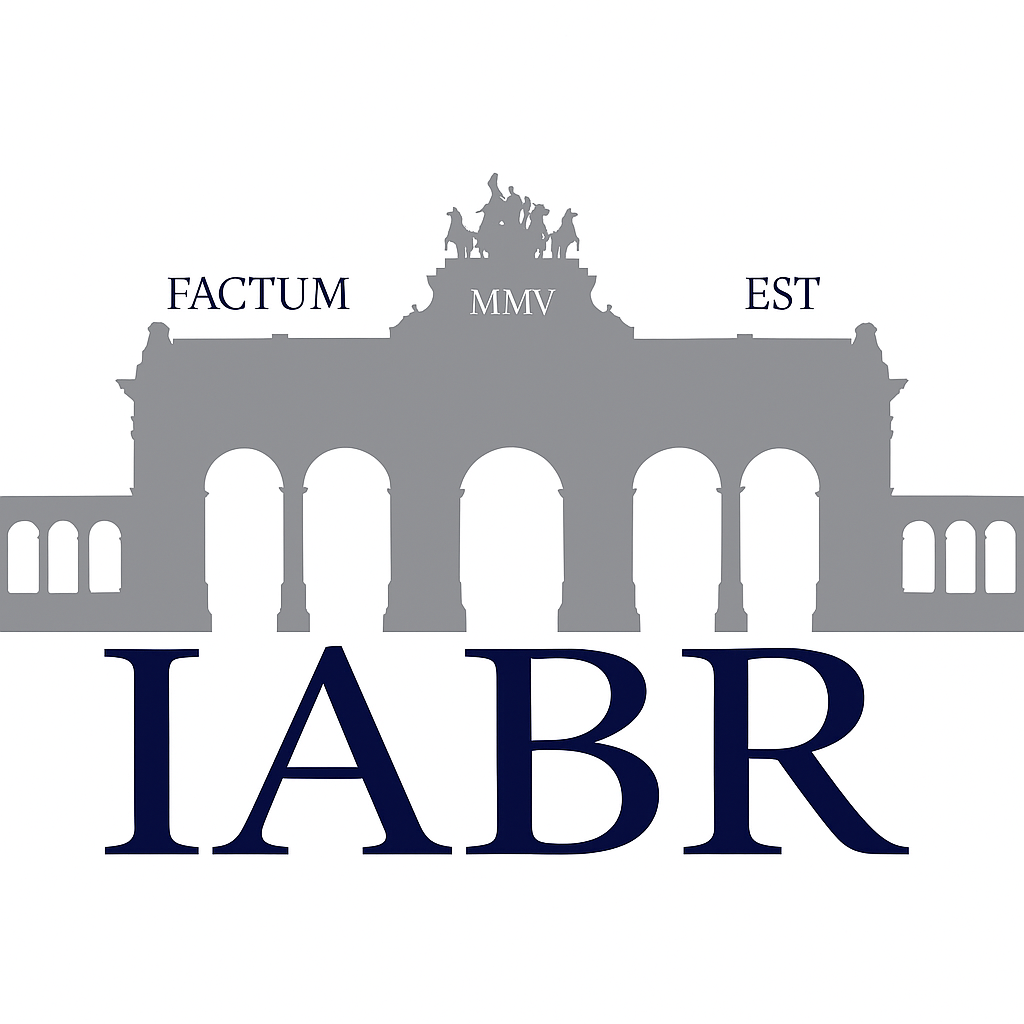About IABR
History
In September 2004, Professors Anton Amann and Karl Unterkoffler of the University of Innsbruck organized a conference, Breath Gas Analysis for Medical Diagnostics, which was held in Dornbirn, Austria. The papers presented at this conference formed the basis for a book, published in 2005 and edited by Anton Amann and David Smith, entitled Breath Analysis for Clinical Diagnosis and Therapeutic Monitoring. The very successful Dornbirn meeting was the catalyst for a subsequent meeting held in May 2005 in both Innsbruck and Vienna, Austria. The Viennese component of the meeting held at Schönbrunn Palace resulted in the establishment of the International Association of Breath Research (IABR) on 30 May 2005. Anton Amann was elected as the founding chairperson of IABR and Marco Freek was elected as the founding executive director. Amann remained as the chair of IABR until his untimely death in January 2015.
Prior to the Innsbruck meeting, the first international breath research conference had been organized by Marczin and Yacoub, and held in Hersonissos, Crete in 2001. This meeting was a NATO Advanced Study Institute funded by NATO Scientific Affairs to promote international cooperation. The conference proceedings were published as a book, Disease Markers in Exhaled Breath – Basic Mechanisms and Clinical Applications. Marczin, Kharitonov, Yacoub and Barnes also edited a second book, Disease Markers in Exhaled Breath, which was published as part of the prestigious series of Lung Biology in Health and Disease in 2002, highlighting the increasing recognition of breath research among the wider respiratory and pulmonary community.
The precedent for the Hersonissos meeting and the publications of the two books was the naming of nitric oxide (NO) as the Molecule of the Year in 1992 by the journal Science, and the award of the 1998 Nobel Prize in Physiology and Medicine to Furchgott, Ignarro and Murad “for the discoveries concerning nitric oxide as a signaling molecule in the cardiovascular system”. This pioneering work of Furchgott et al. stimulated the seminal work of Gustafsson, who identified and quantified NO in breath and Silkoff and Högman, who independently proposed protocols to reproducibly measure breath NO by exhalation at a constant flow. The focus of the aforementioned two breath research books was breath NO and pulmonary diseases, although there were a few chapters devoted to breath volatile organic compounds (VOCs).
Shortly after the founding of the IABR, the 2005 Nobel Prize in Physiology and Medicine was awarded to Marshall and Warren “for the discovery of H. pylori and its role in gastritis and peptic ulcer disease“. This prescient research had opened new directions for clinical breath research based upon the administration of diagnostic substrates labeled with stable or radioactive isotopes to follow enzymatic pathways based upon monitoring metabolites in breath. Point-of-care breath tests and phenotyping patients for therapeutic interventions represent novel directions for clinical diagnosis.
In the ensuing years, IABR members have collaborated to organize a series of conferences on breath analysis. These meetings were very successful and have enabled attendees to interact both formally and informally in a spirit of collegiality, with the result of advancing breath research as an international discipline. These conferences have proven invaluable in developing the science as individual institutions, or even whole countries, often do not have critical mass of breath researchers for effective collaborations.
In addition, IABR members have organized symposia and technical sessions in a variety of broader conference venues including a number of PittCon, American Chemistry Society, and Society of Toxicology conferences.
